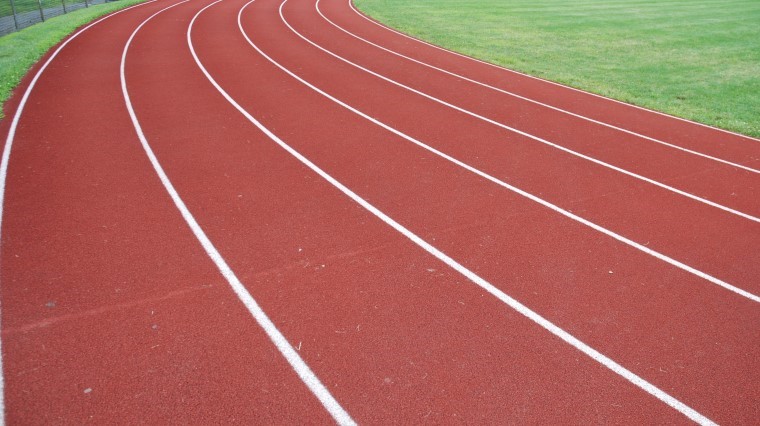How To Pick The Right Running Surface For You

Running surfaces, much the same…. well not so much. If you have been hitting the treadmill, it doesn’t automatically mean that you will blast through your morning run around the block. When it comes to running surfaces, one should do their research. After all, you wouldn’t buy the first pair of runners you try on, would you? Here are a few things to consider when picking the right terrain for your fitness needs.
Treadmill: Treadmills present a useful, excuse-busting option for those who are new to running or are the first to bail on exercising when the conditions are not perfect. Whether it be rain, hail or shine, a treadmill presents a safe and consistent option for clocking up the miles. What to consider: If you have been building up the miles on a treadmill, don’t be surprised if you don’t last the distance on the pavement. The motorized belt on a treadmill helps runners along and there is no resistance provided such as wind and inclines, which naturally occur on outdoor surfaces.
Road: Street surfaces are easier to power across than soft ground making them the perfect option for longer distance, mid-paced running. The added benefits of hitting the pavement outdoors are that roads are easy to navigate and make the perfect excuse to run rather than drive to your coffee dates and appointments. What to consider: Road surfaces are tougher on the joints and may not always be suitable for those with ankle, hip and knee problems. Also, be aware of traffic and avoid using headphones. Cars pulling out of driveways present a serious hazard to runners.
Grass: Feeling inspired during that long awaited sunny winter day? Then a run around your favourite oval or park would be the perfect option. What to consider: The soft surface of grass presents a low impact option on the ankles, knees and hips, however, because of the uneven nature of the surface, it’s not a suitable option for those with unstable ankles.
Sand: When it comes to adding difficulty to your run, sand will do the job. Running on dry sand especially will elevate your morning run and really work those calves. Sand is also perfect for those experiencing joint pain, as it’s much softer than the pavement. What to keep in consider: Dry sand can place extra stress on the tendons. Those with weak ankles and Achilles tendon injuries should limit their sand runs or work to strengthen their ankles first.
Track Running: A track surface has give making it ideal for sprinting. If your idea of a run is sprinting 400 m and really breaking a sweat then the track is perfect. What to consider: Do remember to switch up the direction you run in as the leg facing the track centre always has more stress placed on it due to a slight angle present in track fields.
